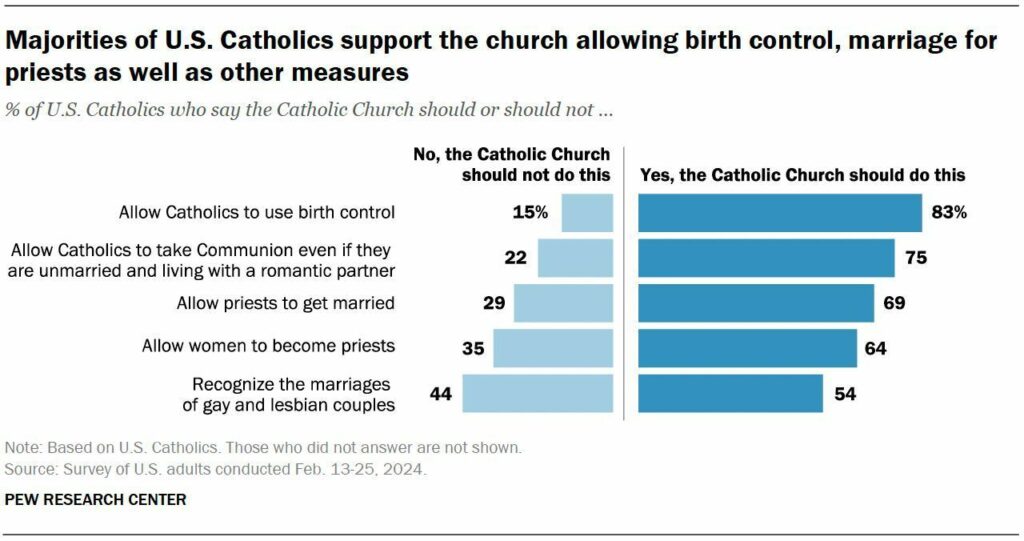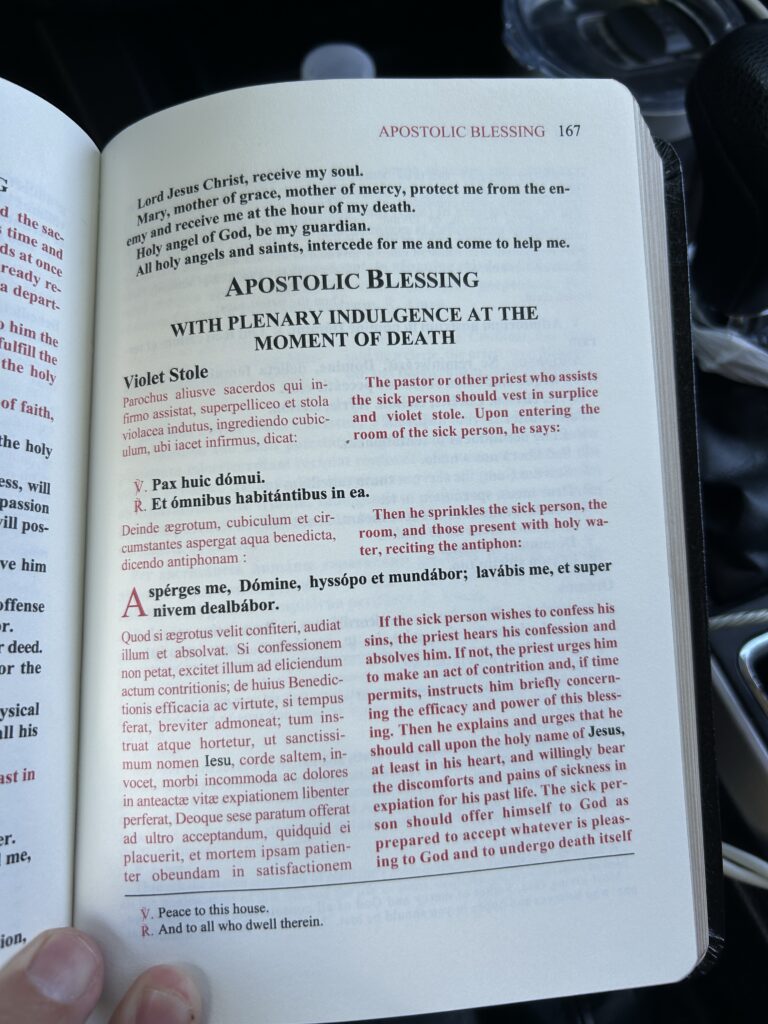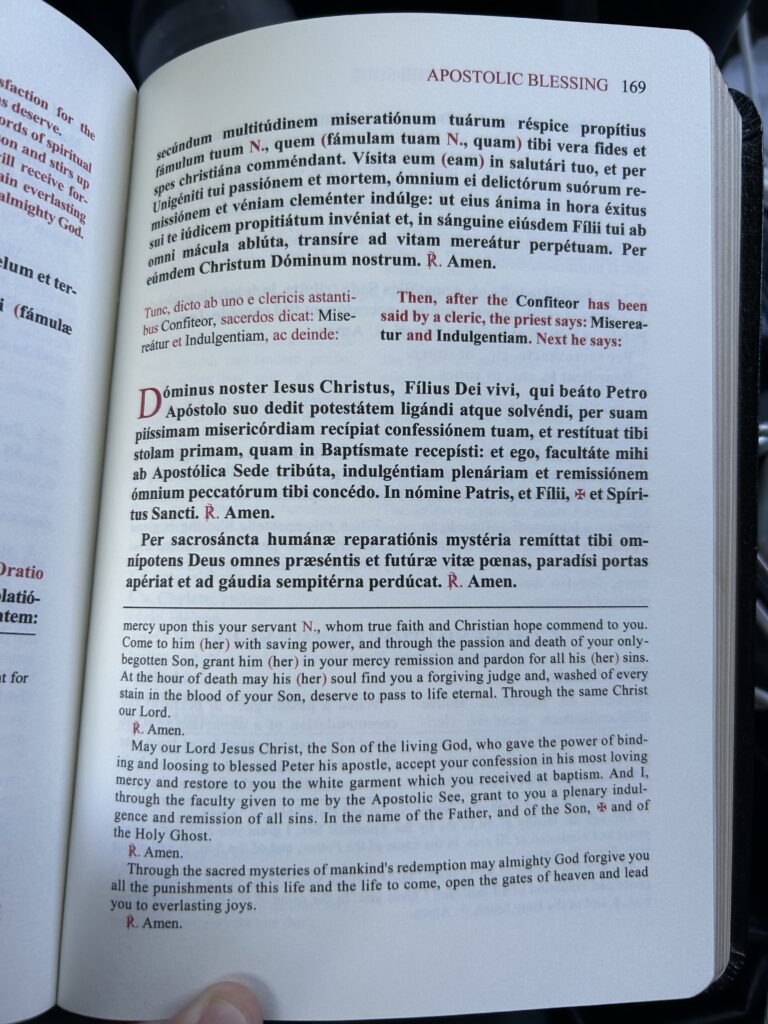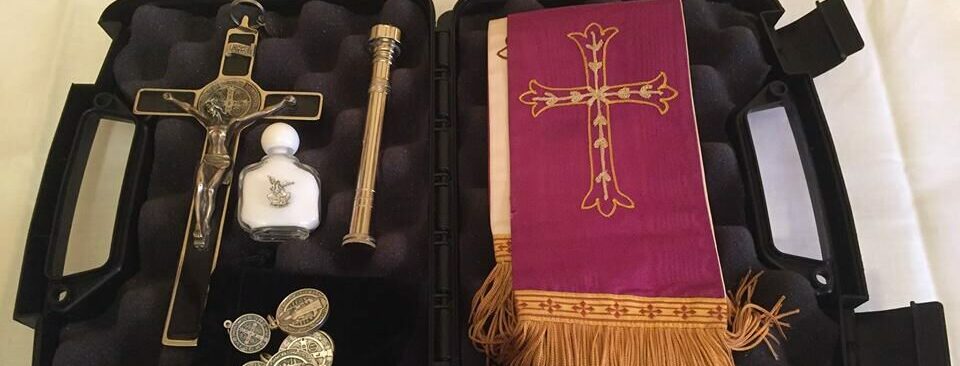What do you do if you come across a dying person? Should you prioritize getting a paramedic or a priest? What can a lay person do for a dying person who is baptized or unbaptized? What should a priest do for a dying person who is baptized or unbaptized?
The traditional answers are relatively simple. They come from what the Bible and Catholic Church has always taught. The following Flow-Chart For Salvation-Emergencies is going to focus on the faith-aspects of helping people die. As an ex-paramedic who has come across a lot of emergencies even as a priest (and I wrote about one here) one needs to consider both the medical and sacramental side of things. Let’s say two of you good Catholics walking together came across a man who fell off a ladder onto a crowded Manhattan sidewalk, one of you can could call 911 and the other could do the following questions on faith.
The same also works for an ICU: Perhaps one good Catholic could talk bio-ethics to the physicians to make sure they don’t come too close to euthanasia, while the other Catholic lay person tries to elicit faith in Christ and an act of perfect contrition. (I wish we had priests doing their jobs in hospitals and I wish we didn’t have physicians executing patients through euthanasia, but this is the world we live in. You can still help souls.)
About 5 billion of the 7 billion people currently on the planet are unbaptized, so we really need to get out of the Catholic-cult mind-set if we really believe baptism is necessary for salvation (as the Catholic Church has always taught.) All attempts to help people on the road to salvation (Catholic or non-Catholic) are superstitious if one does not do these three things first: 1) Elicit Faith. 2) Lead the unbaptized to perfect-contrition and/or baptism. 3) Lead the baptized to perfect-contrition and/or confession. The Council of Trent is very clear that no sacraments work without supernatural faith in Jesus Christ and the Catholic Church.
At the end of this article, you will see Appendix A, where I embedded two videos. The first is from me on how to baptize in an emergency, called Nix Baptism Video 1. The second comes from Fr. Wolfe FSSP on leading both believers and unbelievers to faith and perfect contrition, labeled Wolfe Contrition Video 2. These are going the be the main external reference points for the Flow-Chart below.
Before coming to traditional Catholicism, I did not realize how much of salvation hinges on our own personal level of sorrow for our sins on our death-bed. But all the saints (and even Magisterial documents) are clear that great contrition (sorrow for sins out of love) before our crucified Lord is the fastest and most sure path to salvation, whether we have access to confession or not. Without perfect contrition, confession (via imperfect contrition) is the only way possible for the baptized dying soul in mortal sin to be saved.
Extreme unction can also relieve the sins of a baptized soul in a coma dying in mortal sin , but only if he or she has been practicing the Catholic faith prior to the arrival of the priest. (This is why it’s so sad how many American Catholics call a priest on a dying apostate family member only after he has loss consciousness: The priest can do nothing for his salvation.)
Below in the Flow-Chart, I will use the word “she” below, as traditional Catholic literature often uses the general feminine in reference to the soul. The priest’s flow chart (following the lay person’s) presupposes he has already done the lay person’s chart (for the most part, and in most cases.) Finally, I suggest printing up the bold below and putting it in your car:
Lay person’s flow-chart for salvation:
- Tell the dying person you love her (in a non-creepy way) and you are going to be there for her.
- Ask her if she believes in Jesus and if she’s baptized and if she’s sorry for all her sins. (These three questions should not be rushed, even though I put them together. Let circumstances guide the order.)
- If she says she is not baptized (and you see she is in danger of immediate death) tell her: “Jesus loves you and can wash away your sins if you’re sorry for them all. Can I baptize you?” You will be shocked how people will say “Yes” to baptism because death-bed graces are enormous. Do not wait for a priest. Baptize him or her immediately. See Nix Baptism Video 1 below in Appendix A by watching that video below ahead of time. (That video also covers infants.)
- If a baptized person or unbaptized person is not about to die, but still in danger of death during the next day, elicit more faith and more contrition in the instructions explained in the Wolfe Contrition Video 2 below in Appendix A.
- If the dying person is open to grace, either baptize her or get a priest for confession if she is already Catholic. Explain the true and traditional Catholic teachings on faith and morals if there is time.
- If the dying person is not open to grace, stay and pray the Rosary for her soul. However, if she wants you out of the room or away from them, then go away and pray the Rosary for them at another location.
Based on the old Roman Ritual (Collectio Rituum), the priest should then normally add-on to the above some (or all) of these (my pneumonic = PEXAP:)
- P= Penance. The priest should offer the Catholic confession to relieve the eternal effects of mortal sin committed after baptism. Extreme unction does nothing for a soul living purposely away from the sacraments for years. Thus, lay people should always call a priest to elicit faith and repentance before their loved one is in a coma.
- E= Eucharist. If she has made a good confession, the priest hopefully has Holy Communion already on his person. If the dying Catholic is awake and alert and has a gag-reflex (and is presumably in sanctifying grace) she can receive Holy Communion from the priest.
- X= Extreme Unction. For those practicing the faith, this forgives not only venial sin, but even mortal sin. It also has worked millions of miracles of healing. When it doesn’t work a miracle of healing, it strengthen’s the soul for it’s final journey to its own particular judgment. Although extreme unction can be received more than once in life, it’s the tradition of the Roman Church only to receive it when the current insult to the body (medical or traumatic) has a decent chance of taking the person’s life. Thus, a person with a mundane sickness should not be anointed.
- A= Apostolic Pardon: This is to relieve the temporal effects of sin, as in Purgatory time, but it should only be received once in life.
- P= Prayers for the Commendation of the Soul. See my article here or my podcast here to see how these are only found in old-rite books. They contain extremely powerful exorcisms for the death-bed, as well as beautiful encouragements to the soul to go to God.
Another reason true faith must be elicited as per above before any rituals or sacraments is because of this chart:

Notice most American Catholics are dying as heretics. Thus, one reason a good traditional priest in a hospital needs to lead even so called “practicing Catholics” into acts of contrition is because secular Pew studies above show that 83% of Catholics believe there is no problem with birth control and 54% of Catholics believe in “gay-marriage.” That means most American Catholics are dying in mortal sin. In mortal sin, neither anointing nor the Apostolic Pardon does anything for the salvation of a heretic. This is not a “Jansenistic” teaching. This is the teaching of the Catholic Church. Why? Because the sacraments are not magic-tricks. Faith is the basis for every single sacrament.
Don’t think the above chart influences my pastoral practice. Despite how intense the above paragraph reads, I am totally gentle when I go into the hospital room of any dying person. Even if I get called to a dying liberal baby-boomer Catholic, I do not ask him about his lifestyle or even his beliefs. I simply offer him the chance to go to confession in a kind and pastoral manner. But baby-boomers almost never go to confession on their death-bed.
Why? There’s two reasons: 1) They usually don’t believe in sin or confession. 2) In 95% of the cases, their family members have waited until they entered a coma to call the priest. I’m not exaggerating: Arriving at dying non-traditional Catholics, 95% are already in a coma. Their lack of belief (see above chart) has already collapsed on their own soul, probably for eternity. I refuse no one the chance to go to confession. The sad fact is: They refuse confession themselves.
In summary, if you can only remember three practical things from this article, it’s this: 1) Elicit (or “drum-up”) supernatural faith with great charity in your own heart even before a priest gets there. 2) Lead the unbaptized person to and act of perfect-contrition and then baptism. 3) Lead the baptized to perfect-contrition and confession if you can find a priest. Then the priest adds on the little pneumonic I put together called “PEXAP:” but which comes directly from the old-school Roman Ritual: 1) Penance (Confession.) 2) Eucharist. 3) eXtreme Unction, 4) Apostolic Pardon (and all Prayers of commendation of the soul.)
Appendix A: Videos:
Nix Baptism Video 1 (tap top left in video to exit my site for YouTube:)
Wolfe Contrition Video 2:
Appendix B:
Apostolic Pardon:

In the Roman Rite of the Apostolic Pardon, the priest vests in surplice and stole.

Notice the authority of the Apostolic Pardon.
